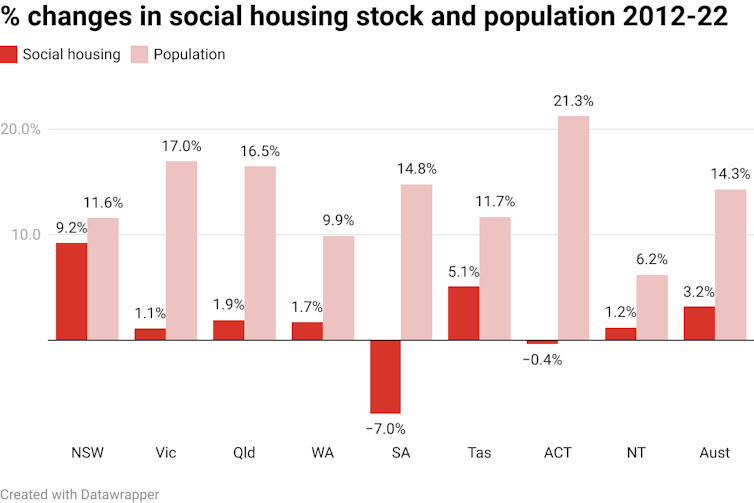Albanese government tackles housing crisis on 3 fronts, but there's still more to do
Three bills to go before parliament confirm the Albanese government is restoring the Commonwealth to a leadership role on housing issues. But there are still gaps in its approach.



